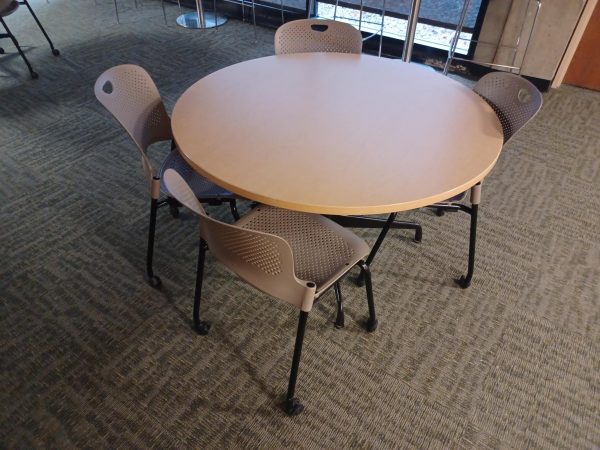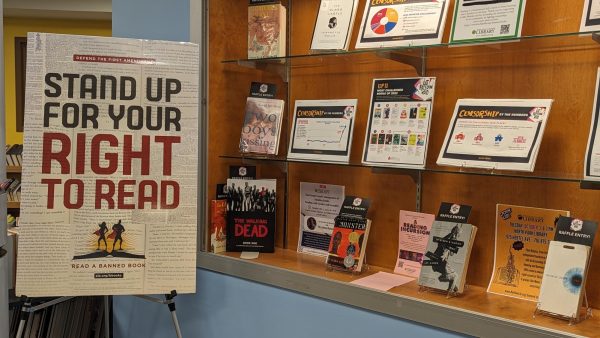Assistive technology lacks advancement in the growing digital age
November 9, 2016
Have you ever bought a new phone and expected it to work as advertised? If not, it was probably very annoying; especially when you bought something that cost a lot of money.
This is the life of a lot of people with disabilities who use assistive technology.
It really hurts these individuals because they rely on their technology to work for their everyday tasks. According to The Centers of Disease Control and Prevention, “33 million Americans have a disability that makes it difficult for them to carry out their daily lives.”
Iris Walker, a graduate student, is one such person. She is having trouble with her new phone, a device she relies on for many of her tasks:
“I just got this phone and I’m already noticing problems with it.”
It appears that as technology advances, features of accessibility may be lagging and unable to keep up. Now let’s make one thing clear; assistive technology is good right now but it is not great just yet. There is still work to be done; so here are some of my findings that you should be aware of.
The Center for Assistive Technology is the premier place in Buffalo for those in need of assistance with everyday living, work and education. Christine Oddo, the director of the center and an occupational therapist, has been in this field for many years. She helps people learn to use their assistive technology so she knows about how difficult it is to work with some of these devices.
Sometimes assistive technology practitioners will need to recommend a combination of devices to meet the need of a client. However, Oddo noticed that a lot of programs try to interfere with each other based on the way they were designed. This poses a huge problem because there may often be no immediate solution and the user would just have to cope with the limitations. Oddo gives one example, “Sometimes programs use the same keyboard commands…one program may take prevalence over another.” Keyboard commands are essential for use and implementation by a lot of users because they are unable to use the mouse as their pointing device.
Windows 10 has been out for a while now and it is being considered an improvement over Windows 8. However, assistive technology used by those with disabilities still does not work well with Windows 8 or Windows 10 operating systems. So in other words, those who use assistive technology have been left out and are forced to stick with older operating systems like Windows 7. In Oddo’s opinion, there might be a “funding issue” and it could just be a timely thing with developers. “I don’t think that they do things that would impede people with disabilities.” It is important for major companies to address everybody’s needs and not just certain people.
Darran Booker is a Buffalo State student who has nerve damage in his hands. He is trying to get his degree in business management. Booker knows very well that accomplishing certain basic tasks can be difficult.
As a child, Booker lived near an expressway back when there was a lot of leaded gas coming off the bridge. The gases would enter his house and also penetrate the walls of his home which caused him to have lead poisoning. This means Booker has problems writing and turning pages. He uses many software products to complete his tasks. One such product is speech recognition software called, ‘Dragon Naturally Speaking.’ When asked about phones, Booker stated he has to use the talk-to-speech option but it often has errors and so he needs to type slowly instead.
“The technology they have now is really good, but I liked the phones with physical buttons,” Booker said.
It’s a shame since those types of phones are obsolete now but Booker is not worried since he thinks things are becoming more voice activated. He hopes that assistive technology continues to improve and raises awareness to the general public.
Technology has come far with things like speech recognition, and high definition video magnifiers. But it’s not fair for someone to get a device and have it not work because their frequent updates. It is up to the people who reads this and the people who live in these conditions to advocate and spread the word to help make technology great for everyone.
“Five years from now, they should release these technologies to public and have it advertised so everyone knows about them,” Booker said.
email: [email protected]












